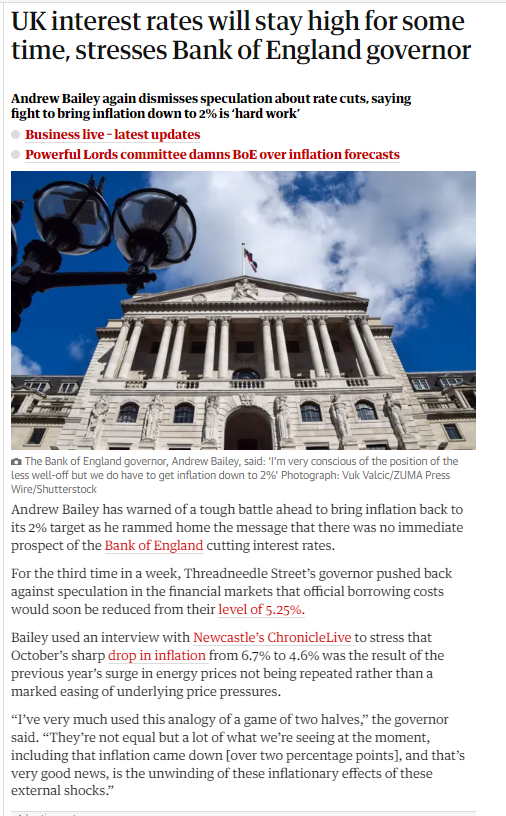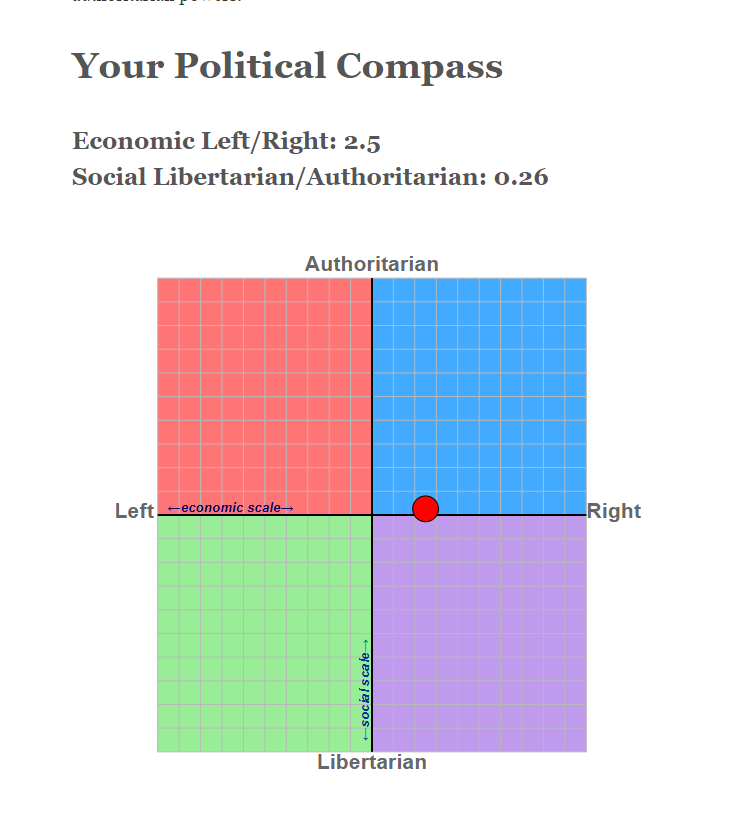1836
Reductions in taxes and stamp duty allow the Manchester Guardian to publish twice-weekly; it begins to appear on Wednesdays as well as Saturdays.
1959
On 24 August the newspaper changes its title from the Manchester Guardian to the Guardian, to reflect the growing importance of national and international affairs in the newspaper.
1972
The name of the company is changed to The Guardian and Manchester Evening News Ltd (GMEN).
1988
The Guardian has a radical redesign, splitting the newspaper into two sections and introducing a new masthead. An international edition is launched in Europe.
1997
The Guardian’s investigation into Conservative MP Neil Hamilton wins the Team Reporting Award at the British Press Awards and the Guardian is named Newspaper of the Year by What the Papers Say – an award it also wins in 1998 and 1999.
The Guardian is the first national newspaper to appoint a readers’ editor and publish a daily Corrections and Clarifications column.
The Guardian and Observer election website goes live in February and football.co.uk launches in August.
Guardian Politics summary:
The newspaper is considered as part of a group called the “quality press”. This is a group of national papers that focus on hard news rather than journalism. Its “analysis” promotes the ideologies of British politics. The paper declared support for the Liberal Democrats in the 2010 election. It then switches back to the Labour Party for the 2015 election.












